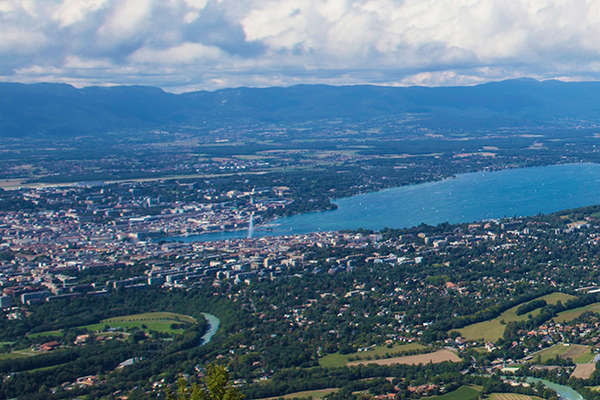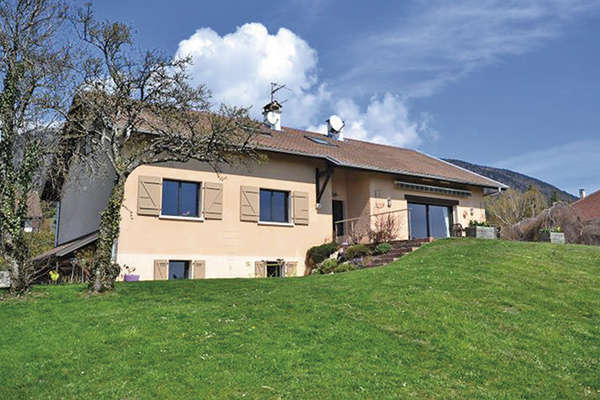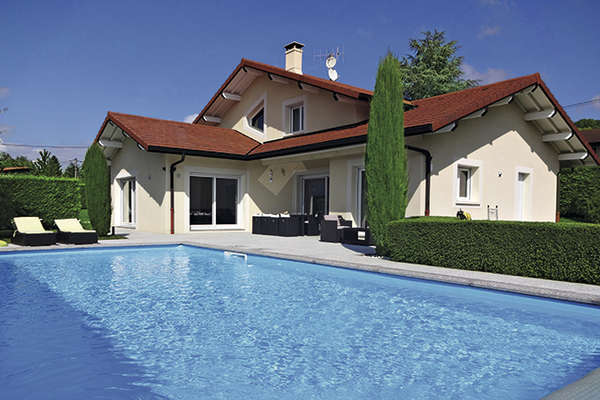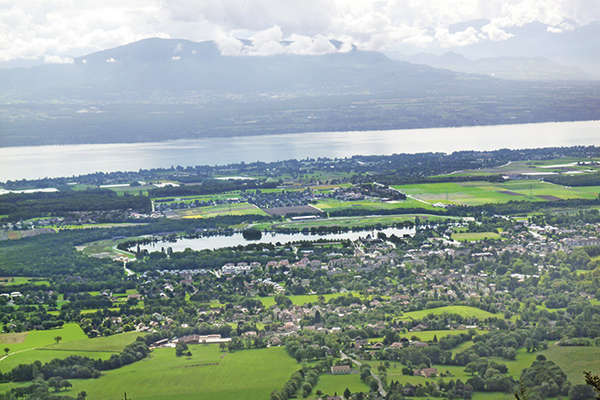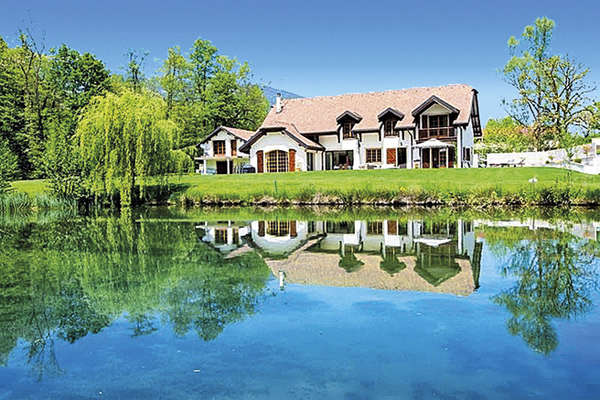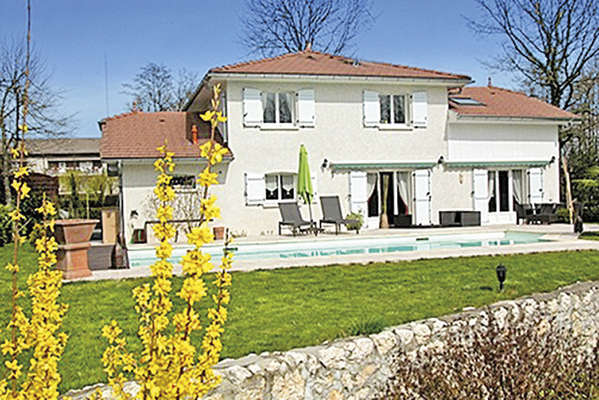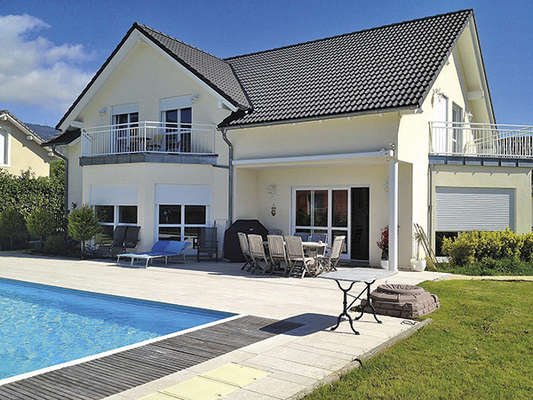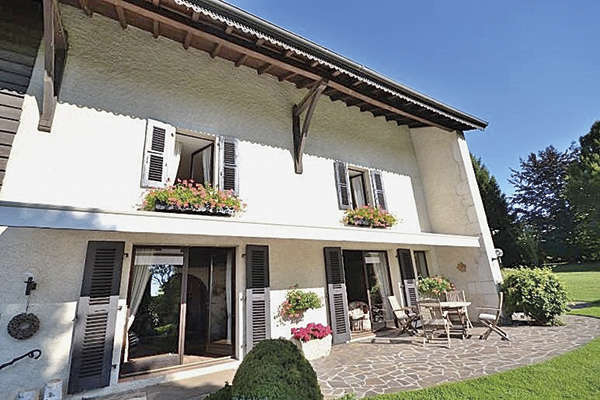La Brière, a land of thatched cottages
By Laetitia Rossi - 06 August 2013
These little houses with thatched roofs are dotted around La Brière. Typical of the rural scene in western Europe, they are crowned with reeds, straw composed of dried wheat or rye. Just like Normandy, La Brière gives a place of honour to this type of home which plays its part in picture-postcard scenery. A trip to the land of dolmens and menhirs...
Fans of thatched cottages adore the typical architecture of this type of housing found extensively in La Brière, a marshland lying north of the estuary of the Loire which flows into the Atlantic Ocean. The 490 sq. kilometres comprising the area, including 170 km2 of wetlands, contain almost 3,000 thatched cottages. Guérande, Saint-André-des-Eaux and Saint-Lyphard are just a few of the 21 communes within the Regional Nature Park of La Brière.
“La Brière offers a wide diversity of landscapes, from salt-marshes to little hamlets,” says Catherine Vermote of JCB Immobilier. “Saint-Lyphard, where one finds Kerhinet, Kerbourg, Kerdanaitre and Kercradet, is an address boasting 800 thatched cottages.” 80 % of the sales concern year-round homes, with budgets ranging from 180,000 € - the sum required for a cottage of 90 m2 in good condition, in grounds of 1,500 m2 - to 600,000 €, bringing a property of 200 m2 in grounds of 3,000-5,000 m2. The market is largely bolstered by retirees from outside the region. Inclined to pay cash, they have a real fondness for the area and are looking for peacefulness and the privacy offered by the countryside, within a radius of 15 km around the coast. The market is rather tense, not because of a lack of transactions, but due to their self-evident irregularity. The time it takes to sell a property are getting longer and bargaining is tough. Clients in search of holiday homes usually call a halt at 450,000 €. For these senior executives in their fifties, the notion of investing in a sound long-term asset is combined with that of personal enjoyment. They appreciate the virtues of heat and sound insulation provided by these cottages. What with these qualities in terms of construction and the obligations imposed by certain villages, this type of home can still look forward to a rosy future.
“Clients have rarely decided in advance to acquire a thatched cottage,” comments Patrick Delprat of Century 21 Agence Bel Air. “Buyers simply fall for their charm. Love at first sight, backed up by this type of property’s energy performance.” Built around 18 thatched cottages, Kerhinet has met with real success since its renovation by the Regional Nature Park of Brière. In summer, its weekly market invites visitors to discover the riches of its local produce. Among the agency’s most recent transactions, our estate-agent mentions a restored cottage of 130 m2 with an outbuilding acquired by a young couple employed in Saint-Nazaire, a 15-minute drive away, for 285,000 €. Holiday-makers from the Pyrenees then paid 260,000 € for a cottage of 130 m2 in need of restoration 5 minutes from Guérande, where prices rise the closer one gets. “Despite the enthusiasm and fondness of the locals for this type of home, thatched cottages only account at most for 10 % of transactions,” says our estate-agent, actually based in Guérande.
“Clients for holiday homes are in fact fewer on the ground in the back-country,” comments Catherine Lucas of Activa Immobilier. “On the other hand, the region and its living conditions appeal to young retirees, quite ready to settle here.” Fans of thatched cottages are aware of the history and prestige of this architectural heritage whose value is further enhanced by its rarity. It has travelled down the centuries without ageing at all. Without being aware of it, the early builders of thatched cottages were obeying the main principles of sustainable development. Curiously enough, today’s buyers hesitate between a cottage and an ultra-contemporary house. Their final decision is a matter of personal taste. Keralio, Kercradet and Kerdanaitre boast some very old examples. Located between Saint-Lyphard and Guérande, and benefiting from a dual purpose as main or holiday homes, they are in steady demand.
